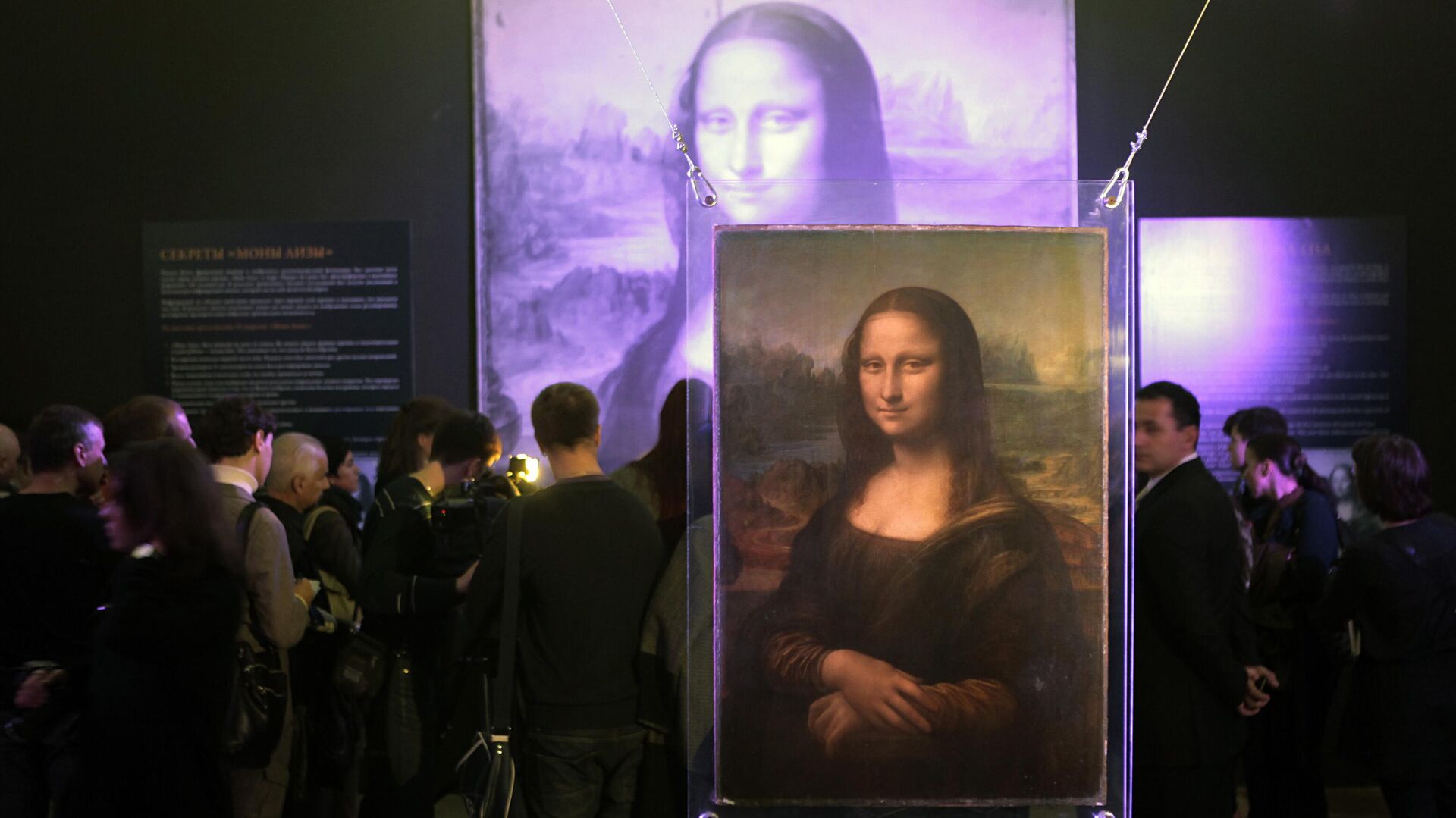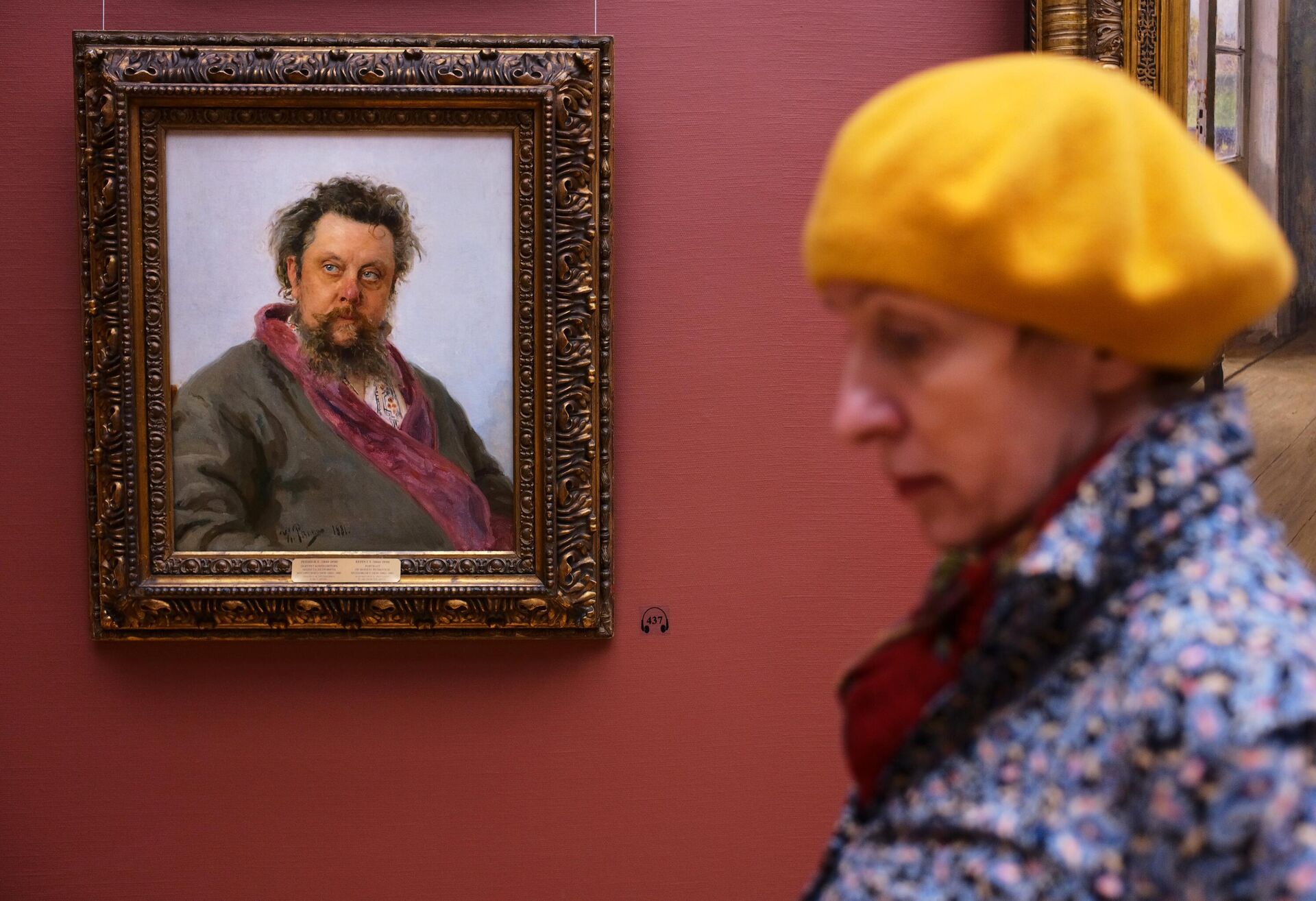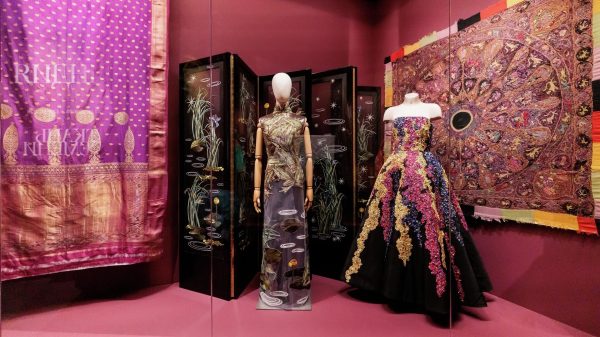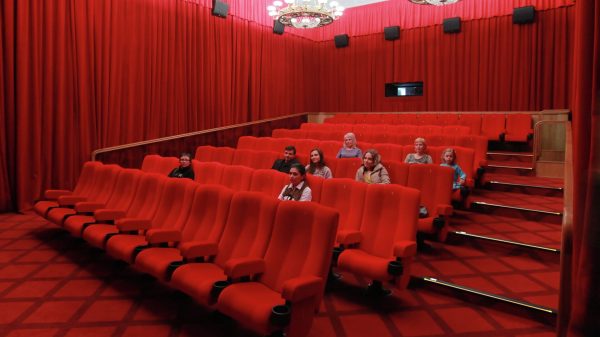
MOSCOW, October 29, Zhanna Staritsyna. Dermatologists from Novosibirsk recently reported that they discovered signs of a disease called “alopecia” in the Mona Lisa in the famous painting by Leonardo da Vinci. Artists have repeatedly depicted people with various ailments. About the most famous cases — in the material.
Leonardo da Vinci, «Mona Lisa»
At the exhibition «From Century to Century» in Novosibirsk, doctors diagnosed Mona Lisa with alopecia — pathological hair loss. The disease is associated with damage to the hair follicles: if not treated in time, a person can go completely bald. Mona Lisa's illness is indicated by the absence of eyebrows and eyelashes. However, she had already been diagnosed with various diseases. We noticed a characteristic lump on the right hand, similar to a lipoma — a tumor of fat cells. They suspected xanthelasma near the left eye — a small yellowish deposit of cholesterol on the skin.
Frans Hals, «Gypsy»

One of the genre portraits of this Dutch master depicts a smiling gypsy with a bright blush. It seems as if she was flushed from rapid movements, but dermatologists suggested that the girl had erythema (painful redness of the skin) and lupus erythematosus.
Given the white shadows on the skin, atopic dermatitis cannot be ruled out. There are areas of hyperpigmentation: apparently, the gypsy spent too much time in the sun, the skin and venous dispensary clarified.
Domenico Ghirlandaio, “Old Man with Grandson”

This is one of the most famous works of the Italian Early Renaissance master Domenico Ghirlandaio, with whom Michelangelo himself studied. The painting is particularly realistic: the artist showed in every detail the old man’s nose affected by rhinophyma—enlarged and lumpy.
In addition, there is a neoplasm in the right temporal region, but without dermatoscopy in such cases it is impossible to make an accurate diagnosis, dermatologists explained.
Rembrandt, “The Tsar” Uzziah, stricken with leprosy»

Leprosy (leprosy) has long been perceived as God's punishment for sins. Those who fell ill were considered dead already while they were alive: they were isolated and forced to wear a bell to notify others of their approach. The biblical king Uzziah also lived separately from everyone else. It was believed that he was suffering because he decided to conduct worship without the help of the priesthood. Rembrandt realistically depicted a face covered with dark spots and dried out skin — characteristic signs of the disease. Before the arrival of the plague, leprosy was the main infectious disease of Europe. In 1635, when the artist was working on the painting, an epidemic was raging in Amsterdam.
Peter Paul Rubens, “The Straw Hat”

In all likelihood, the master painted this as a wedding gift to Suzanne Fourman, the daughter of a close friend. On the girl’s index finger is an impressive wedding ring. She is elegantly dressed, wearing a spectacular black felt hat with feathers on her head (the confusion in the name occurred due to the consonance of the French words). But the researchers also noticed a goiter on the neck—an obvious problem with the thyroid gland. Eyes that are too wide open may also indicate Graves' disease.
Caravaggio, «Sick Bacchus»

In the image of the god of winemaking, the artist depicted himself after a serious illness. This is his first self-portrait, it was painted using a mirror. Apparently, Caravaggio suffered from malaria — the yellow color of the face and whites of the eyes indicates liver damage. Researchers also note signs of anemia (anemia) and hyperpigmentation. The master was between life and death for a long time, spent about six months in the hospital.
Ilya Repin, “Portrait of Modest Mussorgsky”

The only portrait of the composer during his lifetime was created in just four days in a military hospital, where Mussorgsky was admitted with delirium tremens. At that time, he was experiencing problems with work; his writings were not always accepted and understood, which affected the nervous system and led to alcohol abuse. Repin did not embellish anything: the composer is depicted against the backdrop of a hospital wall with disheveled hair, a swollen red nose, and bags under his eyes. Mussorgsky soon died in the same hospital.
Ivan Kramskoy, “Nikolai Nekrasov during the period of “The Last Songs”

The poet was slowly dying from intestinal cancer. A famous surgeon arrived from Vienna, but the operation did not help. Then Pavel Tretyakov asked Ivan Kramskoy to paint a dying portrait for his gallery. Nekrasov, very emaciated, pale, lies on a snow-white bed in his room and, despite his illness, continues to work.





















































Свежие комментарии